15% OFF
Curtain Creeper | Tarlmounia elliptica – Plants
₹349.00 – ₹549.00
- Live plant along with a plastic pot.
- Plant height will be 8-12 inches in 4 inches pot.
- Plant height will be 12-18 inches in 6 inches pot.
- Best Creeper plant useful for the balcony, terrace, and garden.
- Plants nature is outdoor/semi shade, less watering.
- Assured Safe Delivery With Easy Replacement.
Description
Curtain Creeper (Parda Bel) Plant
Curtain Creeper, scientific name Tarlmounia elliptica, is a tropical vine native to Southeast Asia and India. It is a fast-growing, woody climber that can reach up to 10 meters in height.
The plant gets its name from its capacity to grow against a wall or trellis and form a dense curtain of leaves. The leaves are elliptical in form, glossy, dark green, and serrated on the edges. The shrub blooms in clusters of tiny, fragrant white or pink flowers.
Tarlmounia elliptica is a popular ornamental plant used to cover walls, fences, and arbors in tropical and subtropical countries. It also attracts butterflies, bees, and other pollinators, making it an excellent choice for any garden or landscape.
Although Tarlmounia elliptica is generally considered safe, it’s important to note that all parts of the plant can become toxic if ingested, and the sap may cause skin irritation in certain individuals. Therefore, one should handle Curtain Creeper, like any other plant, with caution and keep it out of the reach of children and pets.
Caring Tips:-
Sunlight: The Curtain Creeper prefers full to partial sunlight. Make sure it gets at least 4-6 hours of direct sunlight per day.
Soil: Plant it in well-draining, slightly acidic, organic-rich soil. To avoid root rot, proper drainage is essential.
Watering: Keep the soil continually moist, especially during the growing season (spring and summer). Reduce watering in the winter, leaving the top inch of soil to dry between waterings.
Pruning: Trim and prune regularly to control growth, stimulate branching, and eliminate dead or diseased foliage. Shape the plant after the flowering season.
Fertilization: Feed with a balanced, slow-release fertilizer in spring to promote lush foliage and flowering.
You may also like…
Reviews (0)
You must be logged in to post a review.

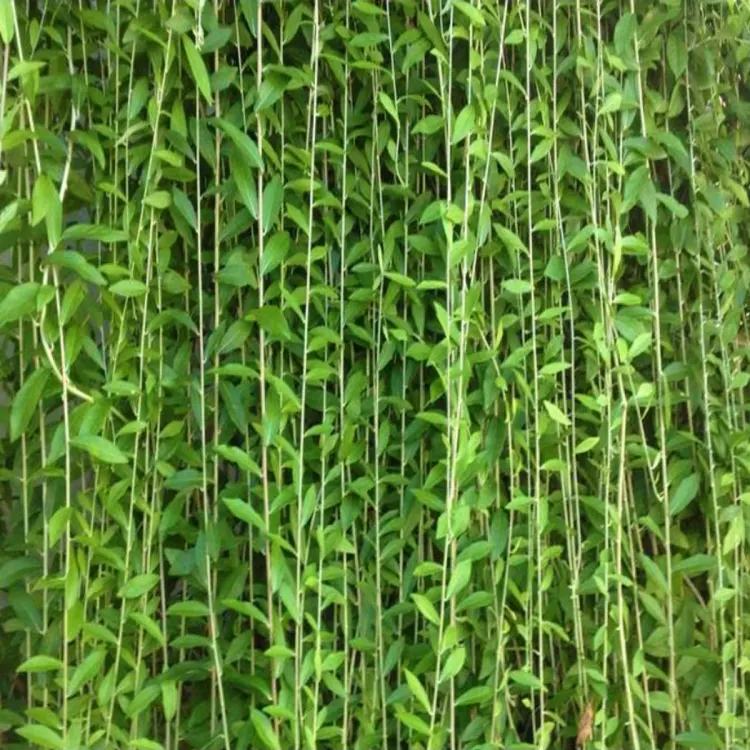
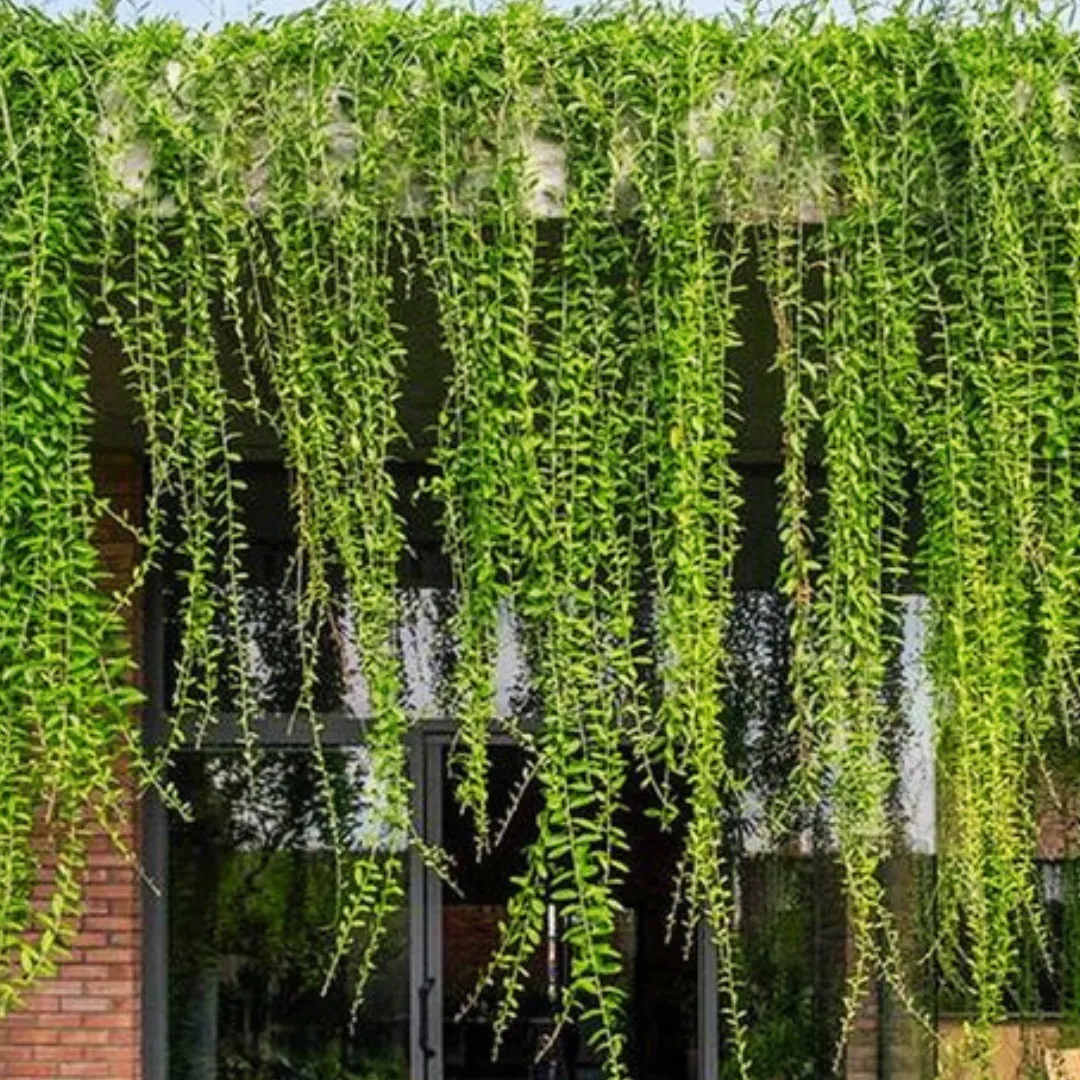
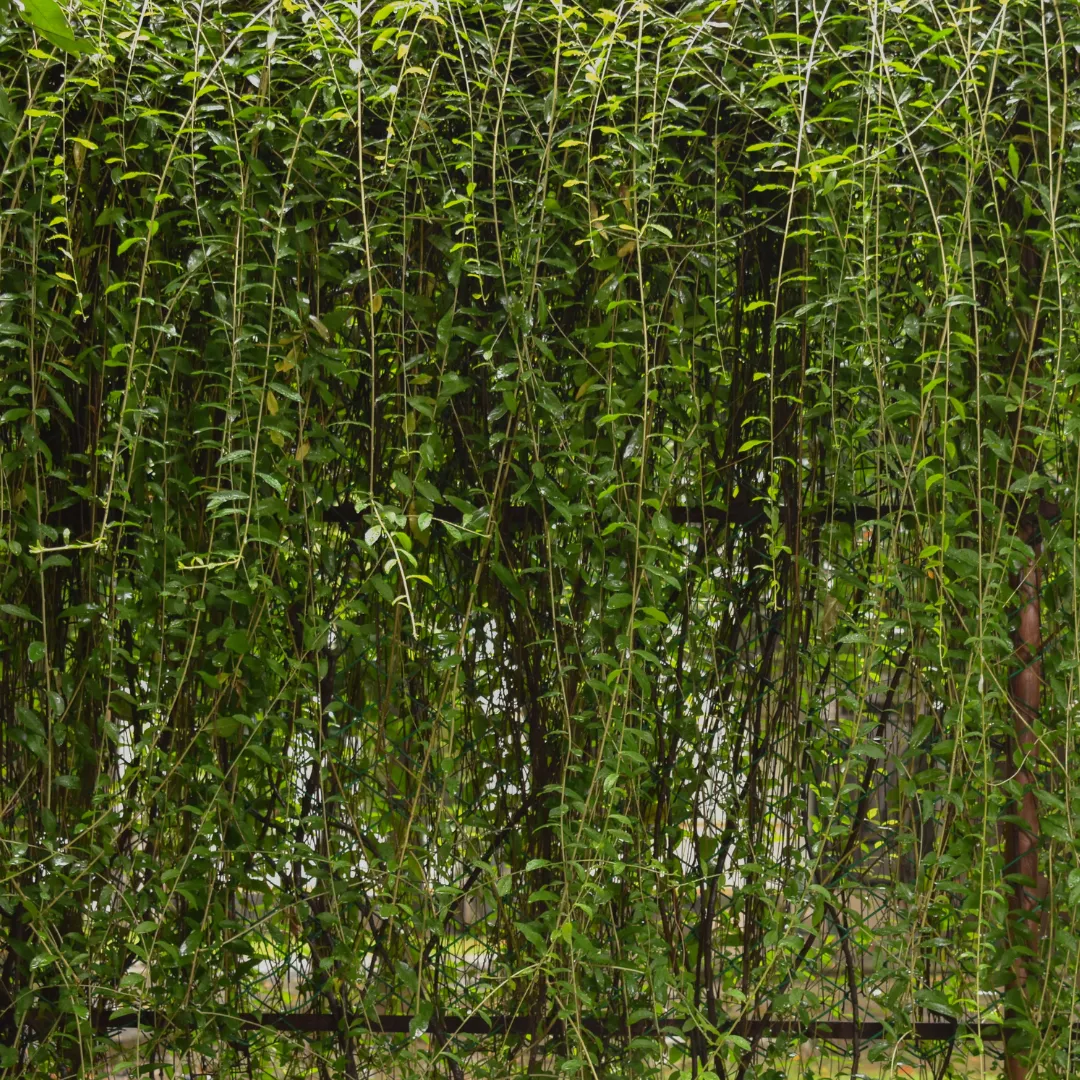
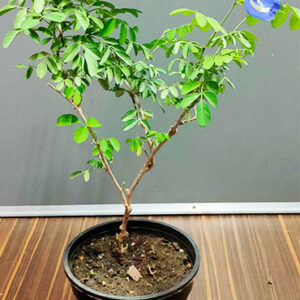
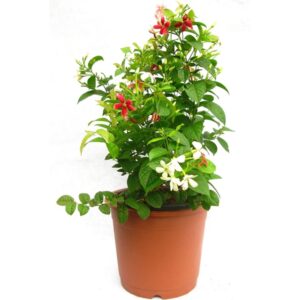


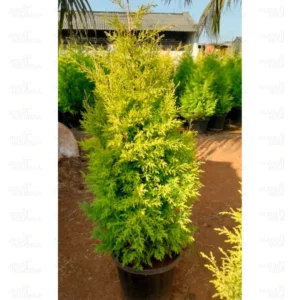
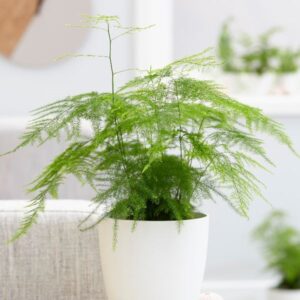
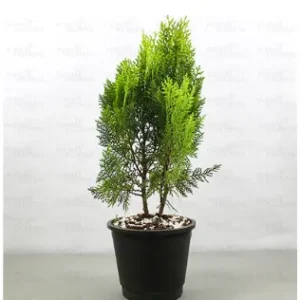

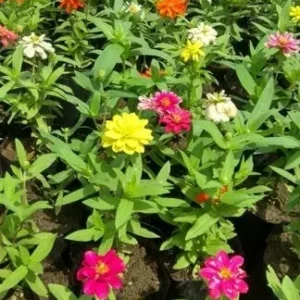

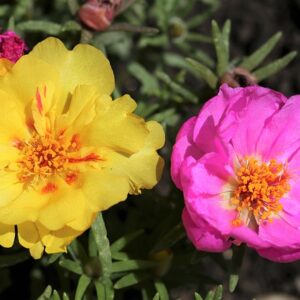
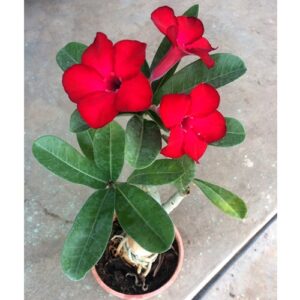
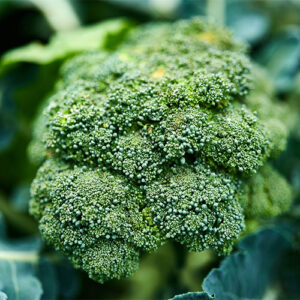
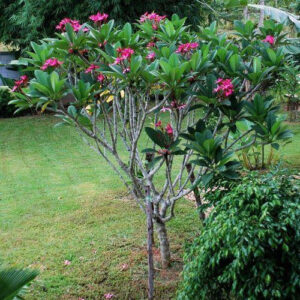
Reviews
There are no reviews yet.